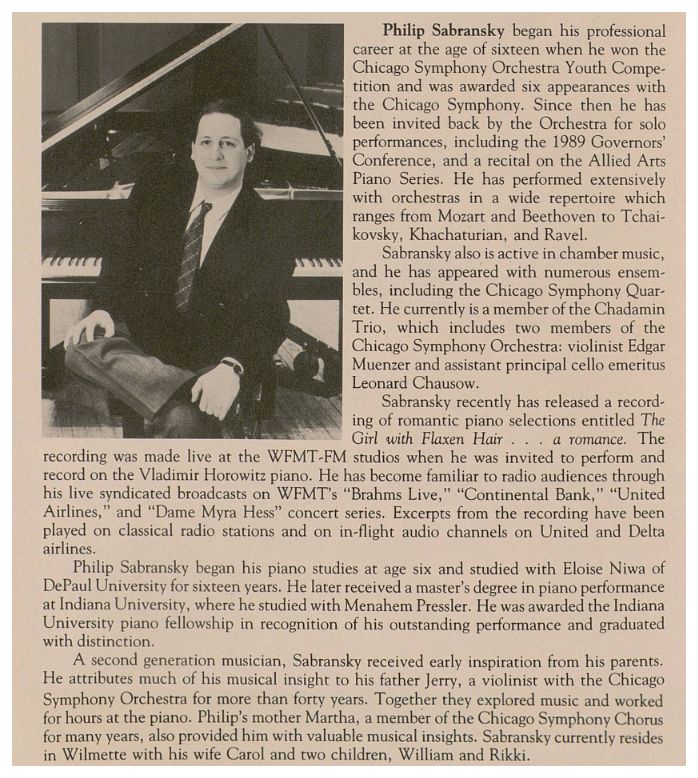
See my interview with Menahem Pressler
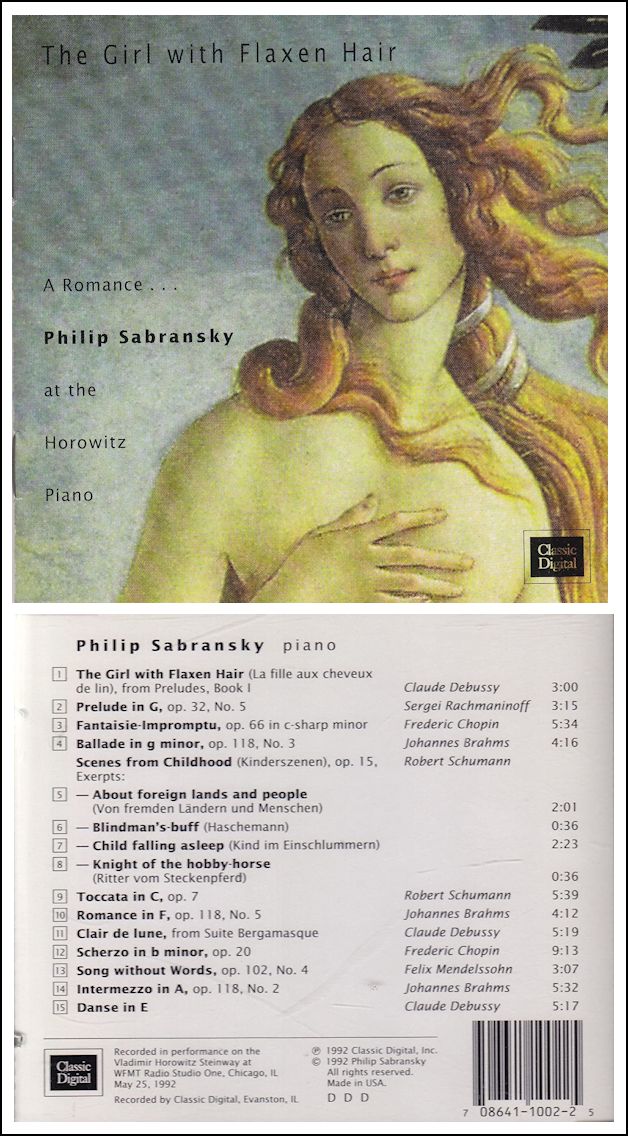
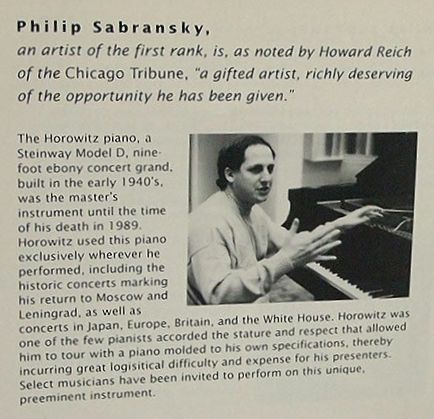
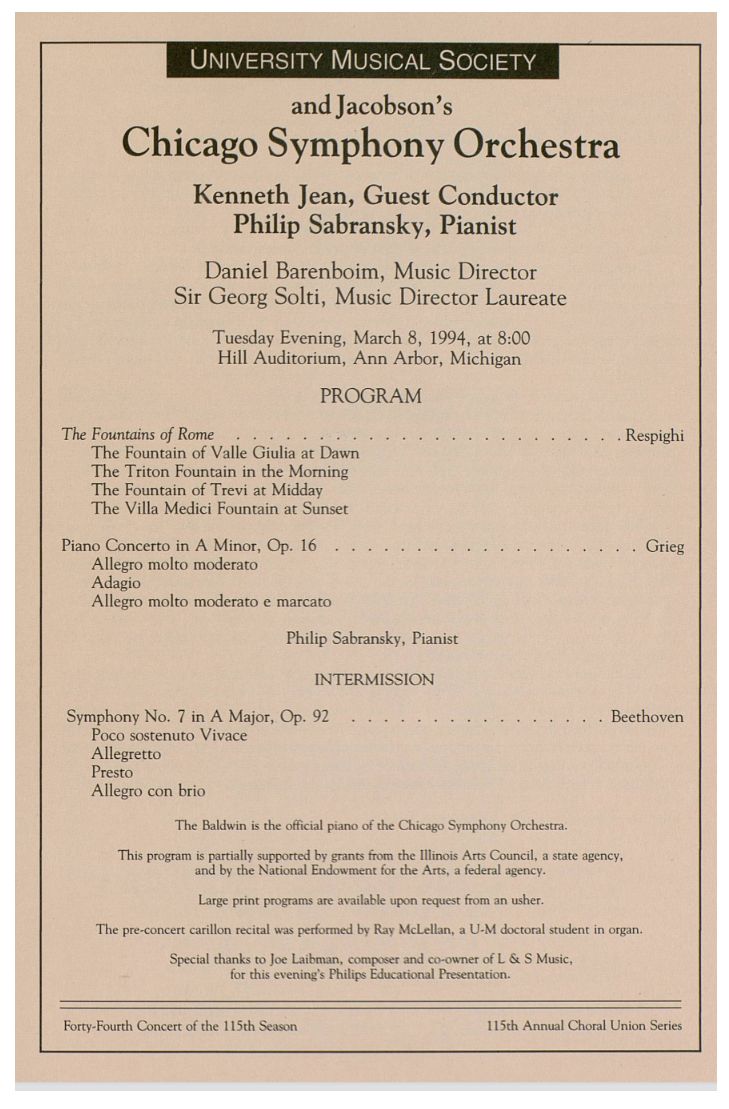
| Measured by the media attention and controversy
it has attracted, The Bell Curve by Richard Herrnstein and Charles
Murray was the publishing event of the decade.
The book presents a disturbing and highly pessimistic view of trends in American society. The United States, according to the authors, is rapidly becoming a caste society stratified by IQ, with an underclass mired at the bottom, an elite firmly ensconced at the top, and only a limited scope for public policy to boost the disadvantaged. But the bulk of the attention and controversy that swirled around the book focused not on its sweeping vision of what is happening to U.S. society, but on the authors’ application of their theories about IQ to the question of race. Charles Murray complained in the Wall Street Journal last December that the critics’ focus was too narrow. We sympathize with Murray’s frustration over the content and tone of some of the criticism that the book received. But the book may have fared even worse had the discussion of race and genetics not distracted attention from some serious problems of analysis and logic in its main arguments. There are indeed some useful messages in the book. But there is also much wrong with it. [* * *]
While most criticism of The Bell Curve has focused on the
authors’ claim that racial differences in IQ test scores are, in part,
genetic, many of the book’s most important claims have escaped scrutiny.
They shouldn’t. The book’s basic premise–that IQ is becoming the decisive
force in determining economic rewards and social position–is demonstrably
false. Herrnstein and Murray’s evidence on the difference between black
and white test scores in various occupations does not show what they imply
it does–massive reverse discrimination. In fact, their own evidence showing
blacks and whites with the same test scores earn the same wages contradicts
such a claim. Further, differences between blacks and whites in annual
earnings, and the employment discrimination revealed in employment audits,
suggest that blacks continue to be disadvantaged in the labor market. Because
the authors sharply exaggerate the importance of I.Q, the book is excessively
pessimistic about the potential role of carefully selected government
programs in improving the lives of the disadvantaged. In all the controversy
over the authors’ claims about race and intelligence, these points should
not get lost. [The opening and closing statements of a long article
by
|
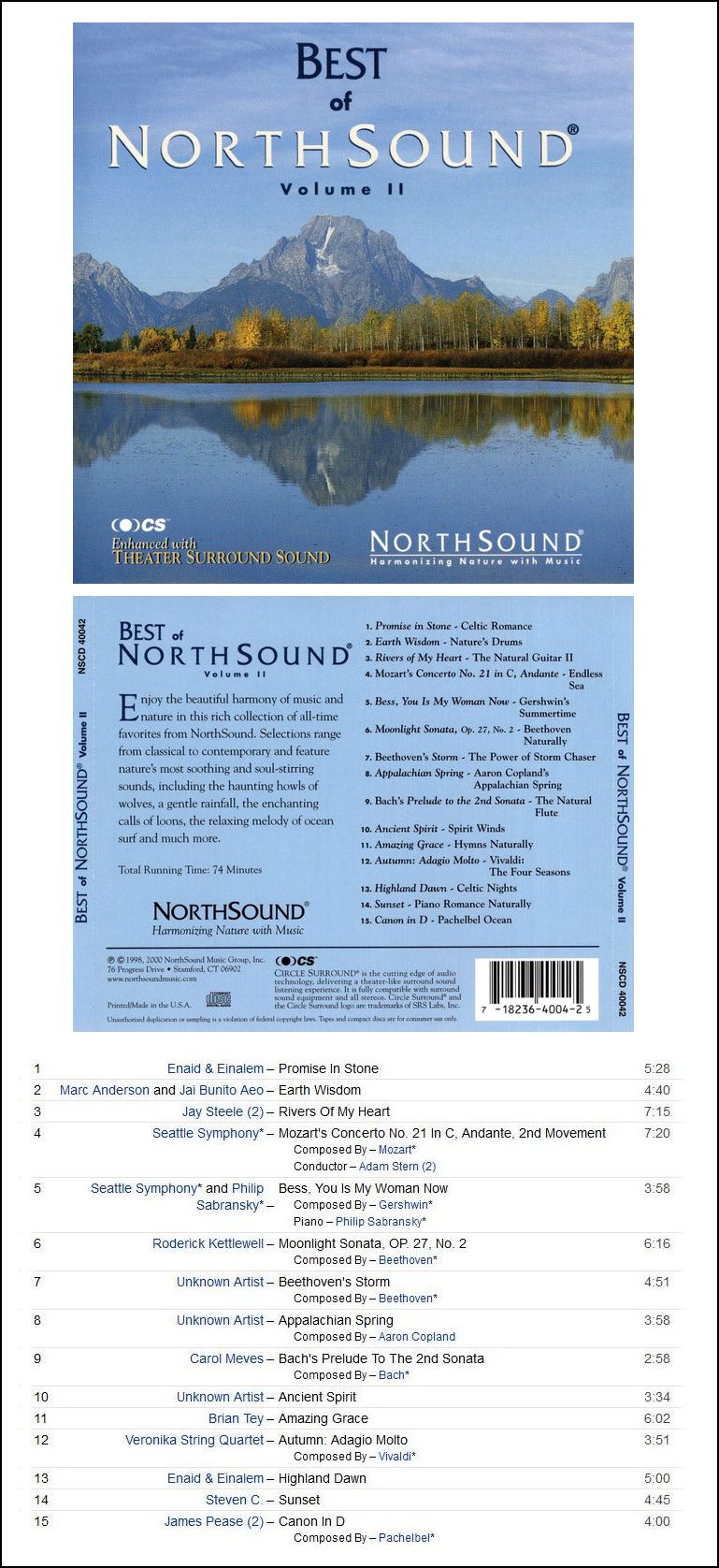
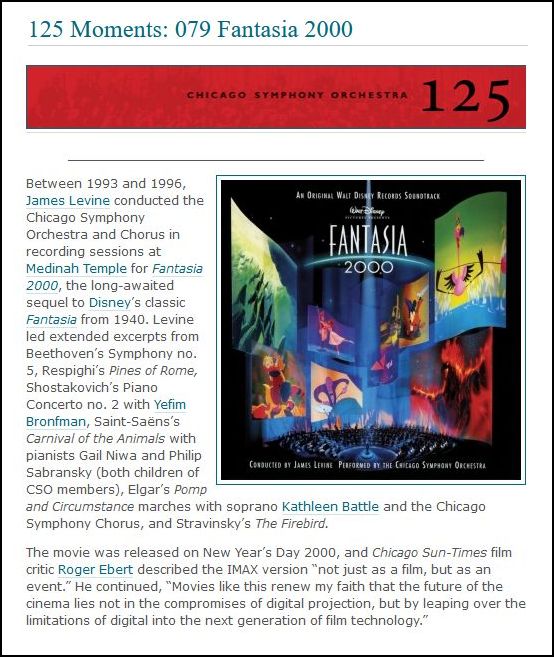
|
Conroy graduated from Haverford College, and was director of the influential Iowa Writers' Workshop at the University of Iowa for 18 years, from 1987 until 2005, where he was also F. Wendell Miller Professor. He was previously the director of the literature program at the National Endowment for the Arts from 1982 to 1987. Conroy's published works include the memoir Stop-Time (1967); a collection of short stories, Midair (1985); a novel, Body and Soul (1993), which is regarded as one of the finest evocations of the experience of being a musician; a collection of essays and commentaries, Dogs Bark, but the Caravan Rolls On: Observations Then and Now (2002); and a travelogue, Time and Tide: A Walk Through Nantucket (2004). His fiction and nonfiction have appeared in such journals as The New Yorker, Esquire, GQ, Harper's Magazine, Glamour, Parenting, and Partisan Review. He was named a Knight of the Order of Arts and Letters by the French government. In addition to writing, Conroy was an accomplished jazz pianist, winning a Grammy Award in 1986 for liner notes. His book Dogs Bark, But the Caravan Rolls On: Observations Then and Now includes articles that describe jamming with Charles Mingus and with Charlie Watts and Bill Wyman. The latter session occurred when Conroy was writing about the Rolling Stones for Esquire. Conroy had arrived at a mansion for the interview, found nobody there, and eventually sat down at a grand piano and began to play. Someone wandered in, sat down at the drums, and joined in with accomplished jazz drumming; then a fine jazz bassist joined in. They turned out to be Watts and Wyman, whom Conroy did not recognize until they introduced themselves after the session. |
© 1994 Bruce Duffie
This conversation was recorded in Chicago on November 14, 1994. Portions were broadcast on WNIB in 1998. This transcription was made in 2022, and posted on this website at that time. My thanks to British soprano Una Barry for her help in preparing this website presentation.
To see a full list (with links) of interviews which have been transcribed and posted on this website, click here. To read my thoughts on editing these interviews for print, as well as a few other interesting observations, click here.
Award - winning broadcaster Bruce Duffie was with WNIB, Classical 97 in Chicago from 1975 until its final moment as a classical station in February of 2001. His interviews have also appeared in various magazines and journals since 1980, and he now continues his broadcast series on WNUR-FM, as well as on Contemporary Classical Internet Radio.
You are invited to visit his website for more information about his work, including selected transcripts of other interviews, plus a full list of his guests. He would also like to call your attention to the photos and information about his grandfather, who was a pioneer in the automotive field more than a century ago. You may also send him E-Mail with comments, questions and suggestions.